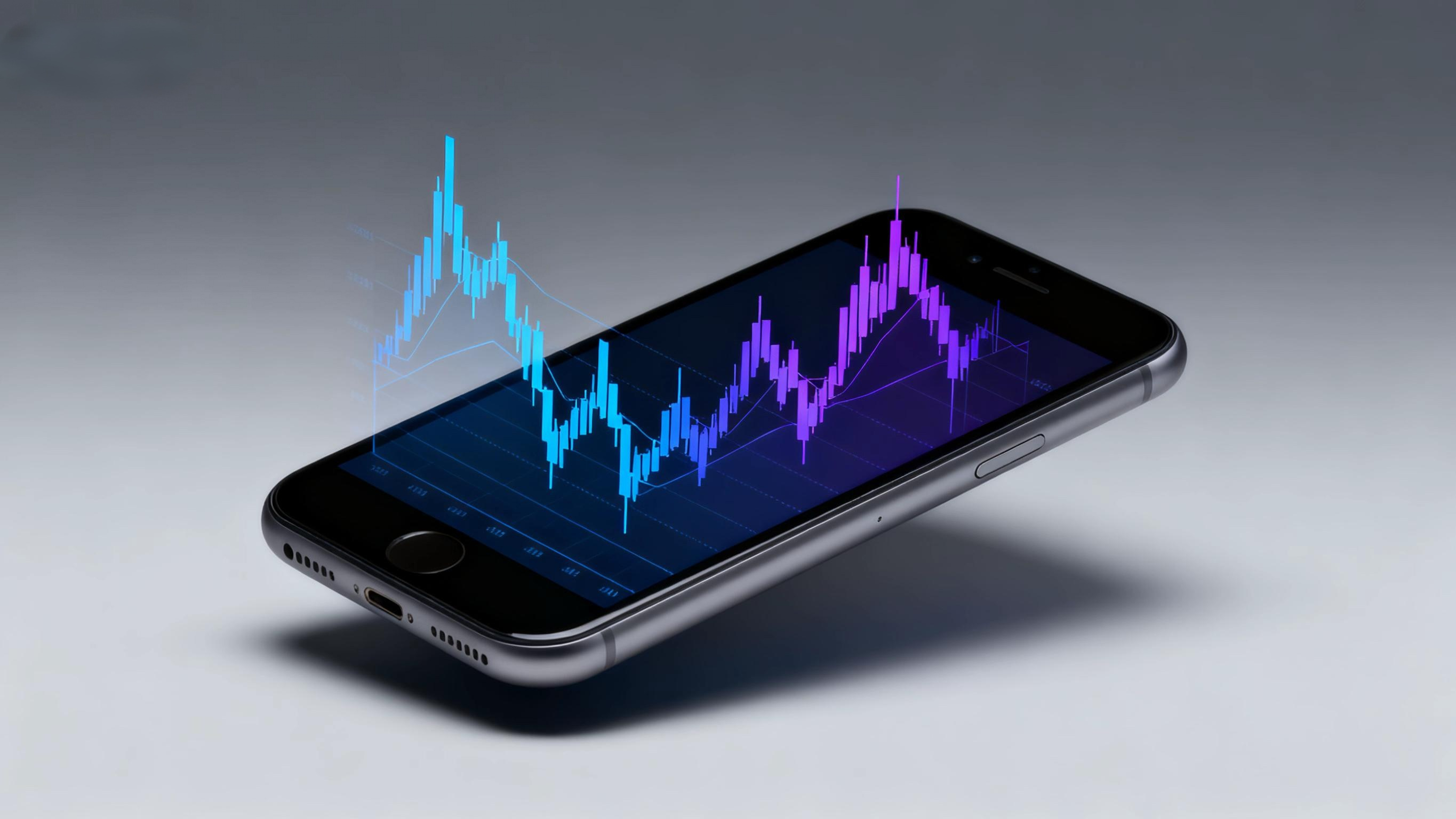
In recent years, capital market policies have increasingly favored the technology sector. From top-level design to resource allocation, policies have consistently centered on "supporting the development of new productive forces," driving breakthroughs in cutting-edge fields such as large models, robotics, and smart vehicles. The escalation of Sino-US tech rivalry has instead become a "catalyst" for domestic innovation—Huawei’s Ascend processors approach international leading performance, domestic humanoid robot core components break foreign monopolies, and BYD’s electric platform technology is being adopted by international giants… China’s tech sector is rapidly transforming from a "follower" to a "leader."
This innovation paradigm of "pressure-response-breakthrough" continues to yield fruitful results: iFlytek’s large model core capabilities surpass international counterparts, and the smart vehicle industry chain secures a place in the global market… Continuous policy support has directed industrial resources toward the tech sector, forming a positive cycle of "policy benefits → technological breakthroughs → market expansion." It is foreseeable that with the localization of computing power, the implementation of AI applications, and the penetration of robotics into various scenarios, the valuation and competitiveness of Chinese tech companies relative to US stock giants will further improve, with limitless growth potential.
On the evening of September 6, the US released August non-farm payroll data, showing an increase of only 22,000, far below market expectations of 75,000. The data confirms a significant cooling in the US labor market, not only solidifying expectations for a September interest rate cut but also potentially prompting the Fed to consider more aggressive easing measures (such as 50 basis points). This will lead to lower US Treasury yields, a weaker US dollar, and expectations of a shift toward a looser global liquidity environment.
For the Hong Kong market, short-term financing costs have retreated from their highs. After overnight Hibor climbed to its highest level this year on September 1, it fell by 158 basis points last week, marking the largest weekly decline since May this year. Huatai Securities pointed out in a research report that multiple factors, including potential Fed rate cuts, US financial deregulation, and adjustments to Treasury bond durations, will contribute to further downside for the US dollar index, indicating improved global financial conditions. On this basis, Asian currencies, especially the Chinese yuan, have room for further appreciation, enhancing the attractiveness of the Hong Kong stock market to foreign capital.
















